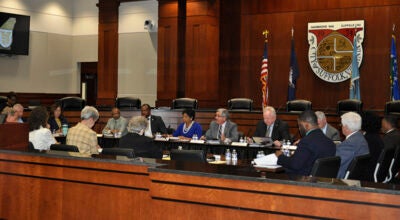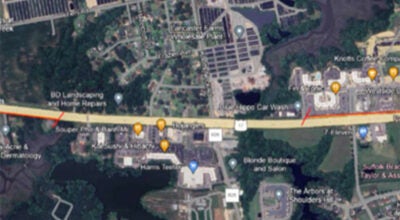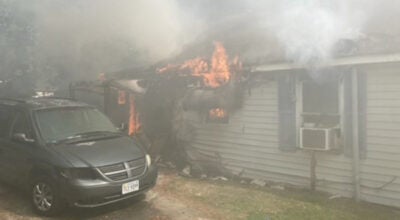Snow solution: Buy more equipment
Published 11:02 pm Friday, February 1, 2013
A snowstorm last Friday that brought snow to Hampton Roads during rush hour caused plenty of frustration among Suffolk residents who felt the city was unprepared.
Public Works Director Eric Nielsen said this Friday that the city learned important lessons in its first chance to use a new brine solution that accompanies equipment the city purchased last year.
“We’ve enhanced our ability to deal with winter weather,” Nielsen said, noting that the city had no way of pre-treating roadways before it purchased the brine equipment.
The brine solution allows crews to start working on preparing for a snow event days before it arrives. The liquid is spread on the roads, and the water eventually evaporates, leaving finely crystallized sand on the pavement to help prevent ice buildup.
Crews spread the brine mixture on all of the city’s major bridges and most bridges on secondary roads, Nielsen said. They also treated the entire length of Routes 13 and 32, busy, narrow roads in the southern part of the city where the storm was expected to produce more ice.
“In general, we think it was worth the effort and expense to put down the brine,” Nielsen said.
One problem with the brine is that the city doesn’t have its own brine-making machine, so trucks had to make repeated trips to the supplier’s Norfolk location to fill up. Eventually, they were given access to a closer facility near Interstate 664 in North Suffolk.
“I think what we are going to look at is buying our own brine solution maker,” Nielsen said.
He admitted that not all on-ramps and off-ramps were treated with the brine before the storm began. Off-ramps at the downtown exit and Godwin Boulevard, as well as the on-ramp at Godwin Boulevard, had icy conditions and caused several accidents.
The subsequent traffic backups made it more difficult for snowplows and spreader trucks loaded with salt and sand to reach the problem areas, Nielsen said. He added that pre-treating roads with salt and sand is often an exercise in futility, because vehicles blow it off the roads.
“The snow came when the rush hour came, and we couldn’t get the cars out of the way,” Nielsen said. “We could no doubt be more efficient with our operations when there’s less traffic on the road.”
Neighboring city Chesapeake treated its roads in the same way as Suffolk — with a brine mixture beforehand and then switching to a salt and sand mixture once snow began. It also had to close some bridges, overpasses and ramps, a city spokesman said.
Suffolk received a large number of complaints compared to past snow events, Nielsen said. He attributed the increase to the fact that it occurred during rush hour. The city’s last significant snow, in 2010, began on the evening of Christmas Day and lasted through the following day, a Sunday — times when very few people had anywhere they needed to go.
Nielsen said the city had a liberal leave policy in effect beginning at noon that day for its employees. He suggested that all employers enacting such a policy during future snow events would be beneficial for everyone.
His last piece of advice — “Please don’t pass our plows.”






